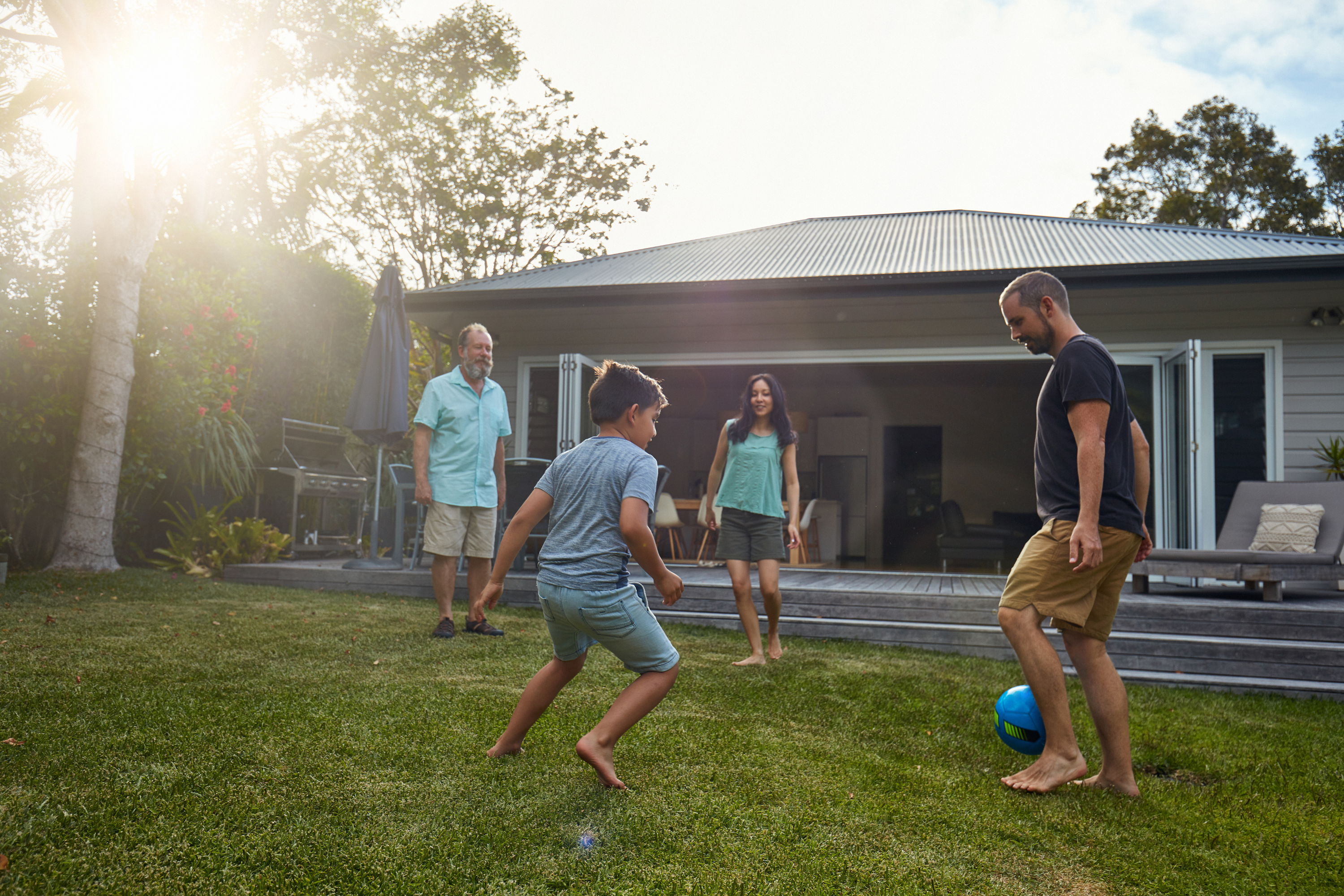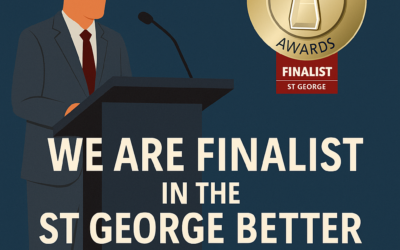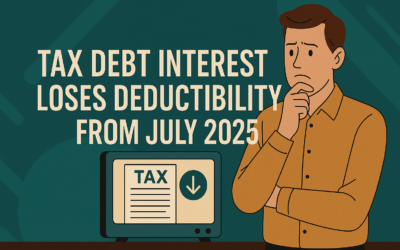Dreamed of owning your own home but just don’t have the means to do it on your own? A recent scheme from the NSW Government could help to make those dreams a reality.
What is the Shared Equity Home Buyer Helper?
The NSW Government is supporting and creating opportunities for eligible lower income single parents, older singles and first home buyers to live in their own home through the Shared Equity Home Buyer Helper scheme.
How does Shared Equity Home Buyer Helper Work?
For eligible persons, the NSW Government will contribute up to 40% of the purchase price for new dwellings, and 30% of the purchase price of established properties, in exchange for an equivalent interest in the property. The Government will secure its interest in the property by way of a registered second mortgage, meaning a smaller deposit and lower monthly repayments for the purchaser.
All purchase costs, including stamp duty, are the responsibility of the participant. Participants will also remain eligible for first home buyer programs and any stamp duty or land tax concessions where applicable.
Do participants pay rent to the government?
No payments, such as rent or interest, are required to the Government as part of this scheme whilst the participant remains eligible for the initiative. Participants can make voluntary payments to increase their share in the property.
How do participants remain eligible for this scheme?
To remain eligible, participants will need to occupy the property as a principal place of residence and meet ongoing requirements, including property maintenance, property insurance and periodic reviews. Participants are also responsible for ongoing property costs such as council rates, body corporate fees and utilities.
What happens if the property is sold?
When the property is sold, the NSW Government will share in the gains or losses with the participant from the sale.
Who is eligible for this initiative?
The Shared Equity Home Buyer Helper scheme is currently open to:
- A single parent of a dependent child or children
- A single person aged 50 or above
- First home buyer key workers who are nurses, midwives, paramedics, teachers, early childhood educators and police officers
To be eligible for this scheme, you must also:
- Have a gross household income of no more than $93,200 for singles and $124,200 for couples
- Buy a home with a property price no more than $950,000 in Sydney and major regional centres (Newcastle, Illawarra, Central Coast, Lake Macquarie, North Coast of NSW) or no more than $600,000 in other regional areas.
- Be at least 18 and an Australian or New Zealand citizen, or a permanent Australian resident
- Have a minimum deposit of 2% of the purchase price
- Live in the property as your principal place of residence
As a single parent or older single applicant, you must not own an interest in any other land or property at the time of settlement on your newly purchased house.
As a first home buyer key worker, you and your spouse/partner must not have previously owned an interest in any land or property in Australia.
How can you apply for the Shared Equity Home Buyer Scheme?
Applications can be made through a participating lender. More information is available at: nsw.gov.au/shared-equity




